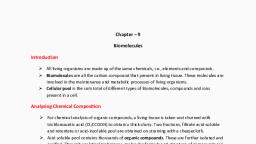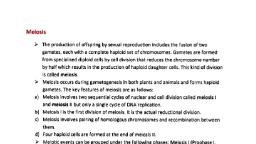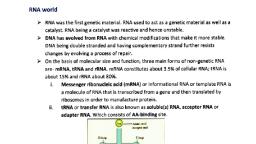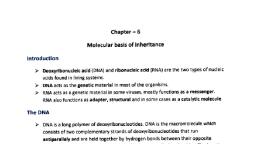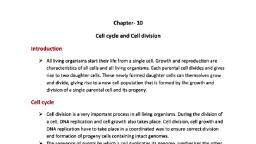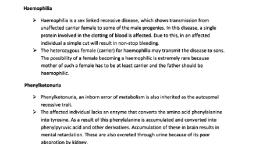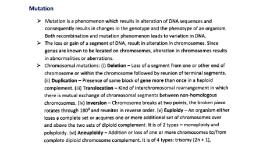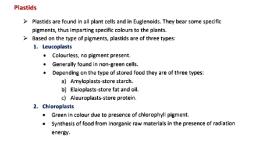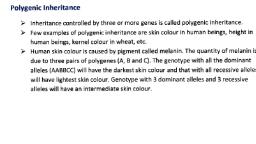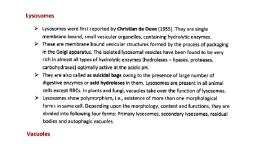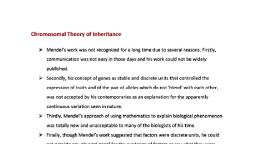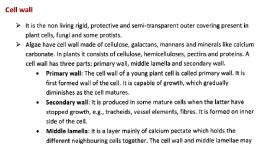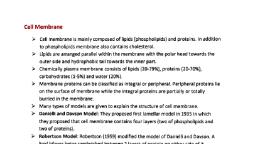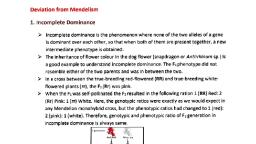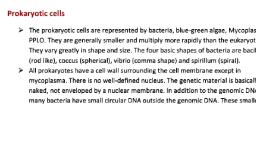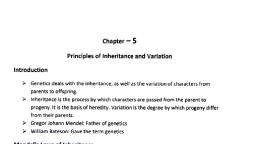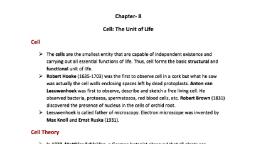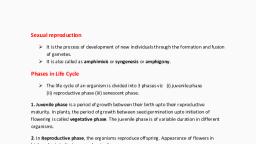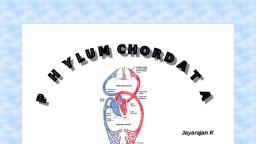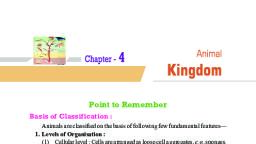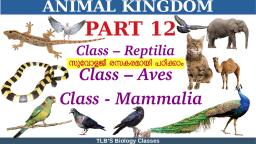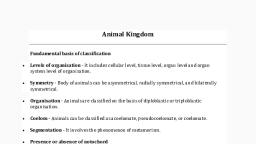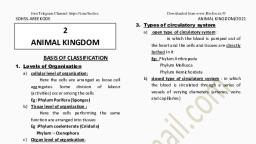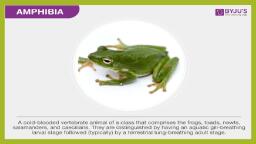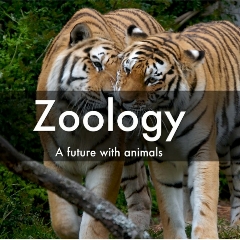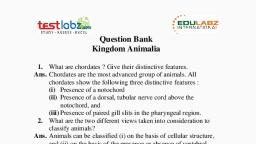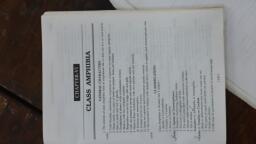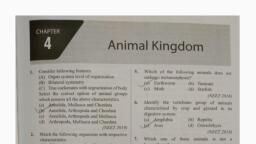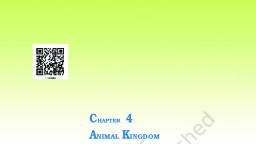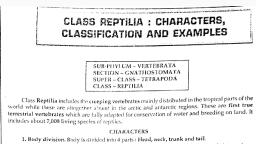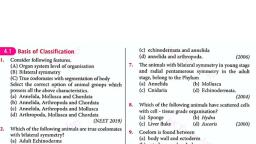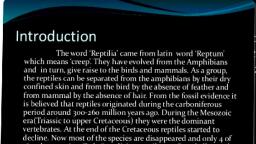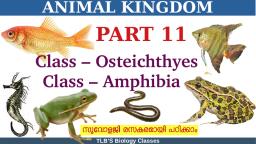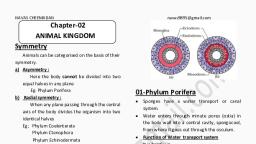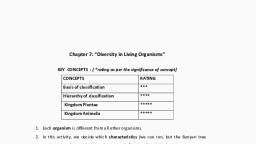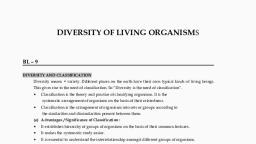Page 1 :
Class Amphibia, , Characteristic features, 1. Adapted to live on land and water. Larval stage is aquatic while adults can live on, land and in water., -Head, , unk, , Nostr, , Nostril-, , Tympanum, , MMouth, , ympanum, , orelimb, ndkimb, , runk, , Forelimb, Hindimb, , webbed te, , (b) Toad-Bufo, , () Frog-Rana tigrina, Head, , -Limbs, , -Limbless body, , Tall, , (o) Salemander-Selemendre () Blind worm-cthyophls, , 2. Have smooth and moist skin with many glands., 3. There is no exoskeleton of any scales etc., 4., , Body is divided into distinct head and trunk. The trunk may be extended into tail., , There is no neck., 5. Have two pairs of limbs, i.e., they are tetrapods. The forelimbs are smaller than, hindlimbs. Hindlimbs often have webbed feet. Salamander have both the limbs of, same size., , 6. The heart is 3 chambered with two auricles and one ventricle. The oxygenated blood, (from lungs) and deoxygenated blood (from body) remain separate in the auricles, but get mixed in the ventricle., 7. The respiration is by gills, lungs and through skin. Adult show cutaneous, buccal and, pulmonary respiration and the larva or tadpole respires by gills., 8. Sexes are separate. The fertilization is external and water is essential. The, , development is indirect by metamorphosis., 9. They are cold blooded, i.e., the temperature keeps changing along with the, environment., 10. They show hibernation- winter sleep and aestivation- summer sleep., Example: Frog (Rano), Tree frog (Hyla), Surinam toad, Blind worm (Ichthyophis).
Page 2 :
Class Reptilia, , Characteristic features, I t includes lizards, snakes and crocodiles., awed dg, , Ch, , en, , nCrecee, , 1. They have creeping or crawling mode of locomotion. They are mostly terrestrial, animals., , Have dry, scary and cornified skin. The skin has epidermal scales or scutes and very, few glands., 3. Do not have external ear openings. Tympanum represents the ear., , 4. Usually have 2 pairs of limbs. Limbs are usually with five toes called pentadactylus, limbs., 5. Respiration is by lungs., 6. The heart is three-chambered with a partial septum in the ventricle and the, oxygenated blood does not mix completely with the deoxygenated blood. Crocodile, has a four chambered heart., , 7. They are cold-blooded (poikilotherms) living on land. Some have become secondarily, , aquatic., 8. Fertilisation is internal., 9. They are oviparous and development is direct., , Some important reptiles-Chelon (turtle), Testudo (Tortoise), Colotes (Garden, , lizard), Crocodylus (Crocodile), Alligator., Poisonous snake- Noja (Cobra), Bungarus (Krait), Vipera (Viper)
Page 3 :
Class Aves, , (al, u r e 4.23 Sme n i s : la) N p r e, , ruhin lel Pstfrawriuk: (ol) hu, , 1. The characteristic features of Aves (birds) are the presence of feathers and most of, , them can fly except flightless birds (e.g. Ostrich)., 2., , They possess beak., , 3. The forelimbs are modified into wings., 4. The hind limbs generally have scales and are modified for walking, swimming or, clasping the tree branches., , 5. Skin is dry without glands except the oil gland (Preen gland) at the base of the tail., 6., , Endoskeleton is fully ossified (bony) and the long bones are hollow with air cavities, , (pneumatic)., 7. The digestive tract of birds has additional chambers, the crop and gizzard. Heart is, completely four-chambered., , Crop--temporary storage of food, Gizzard- it has chitinous projections which help in grinding of small pebbles and grains., 8. They are warm-blooded (homoiothermous) animals, i.e., they are able to maintain a, , constant body temperature., 9., , Respiration is by lungs., , 10. Air sacs connected to lungs supplement respiration., 11. Sexes are separate. Fertilisation is internal., 12. They are oviparous and development is direct., , Examples: Carvus (Crow), Columba (Pigeon), Psittacula (Parrot), Struthio (Ostrich), Pavo, , (Peacock), Aptenodytes (Penguin), Neophron (Vulture).
Page 4 :
Class Mammalia, Macropus, Omithorhynchus, , Pteropus, , Balaenoptera, 1. They are found in a variety of habitats polar ice caps, deserts, mountains, forests,, , grasslands and dark caves., 2. Some of them have adapted to fly or live in water., , 3. The most unique mammalian characteristic is the presence of milk producing glands, (mammary glands) by which the young ones are nourished., 4. They have two pairs of limbs, adapted for walking, running, climbing, burrowing,, swimming or flying., 5. The skin of mammals is unique in possessing hair. Skin has sweat glands, , (sudoriferous glands) and oil glands (sebaceous glands)., 6., , External ears or pinnae are present., , 7. Different types of teeth are present in the jaw., , -Heterodont dentition-presence of different types of teeth like incisors, canines,, premolar and molar teeth., -Teeth are also thecodont (i.e., teeth remain embedded into the jaw sockets)., 8. Heart is four-chambered. Red blood cells are small, circular and non-nucleated, (except in camel)., , 9. They are homoiothermous., 10. Respiration is by lungs., 11. Sexes are separate and fertilisation is internal., 12. They are viviparous with few exceptions and development is direct., , Examples: Oviparous-Ornithorhynchus (Platypus), Echidna (spiny ant eater); Viviparous, Macropus (Kangaroo), Pteropus (Flying Fox), Camelus (Camel), Macaca (Monkey), Rattus, (Rat), Canis (Dog), Felis (Cat), Elephas (Elephant), Equus (Horse), Delphinus (Common, dolphin), Balaenoptera (Blue whale), Panthera tigris (Tiger), Panthera leo (Lion).

